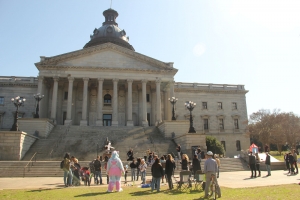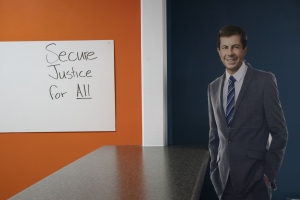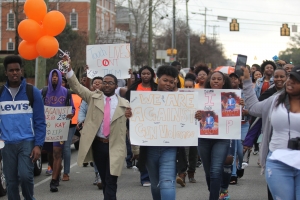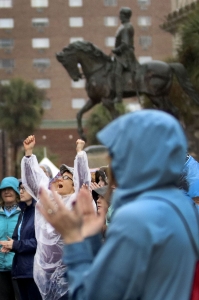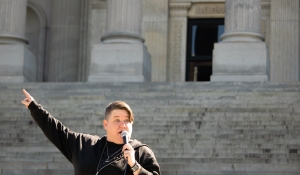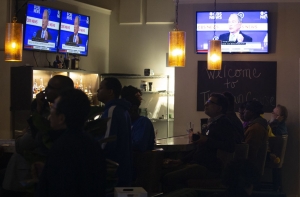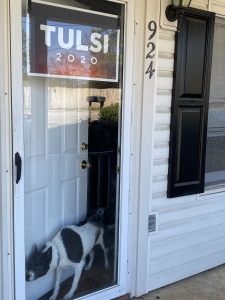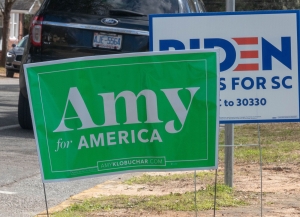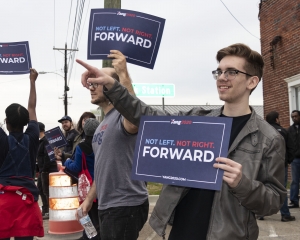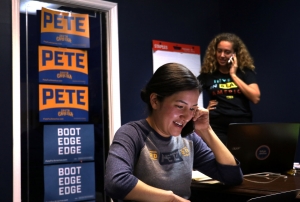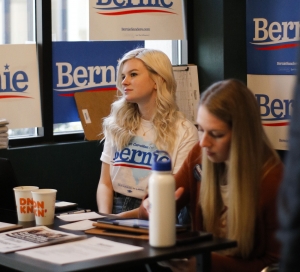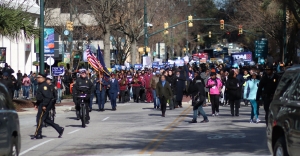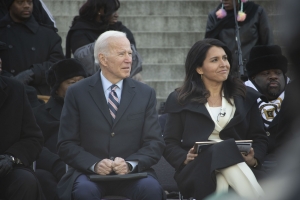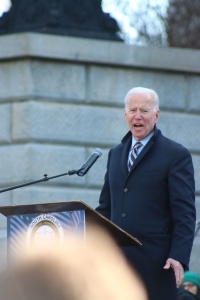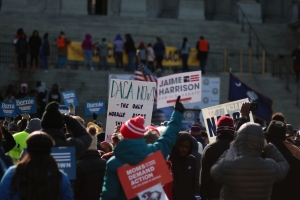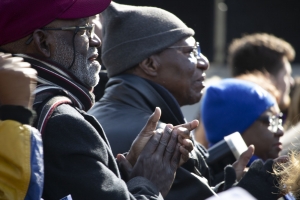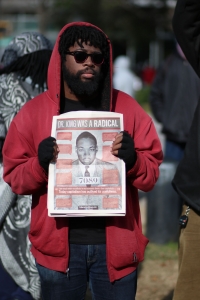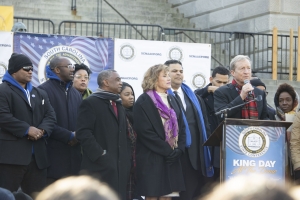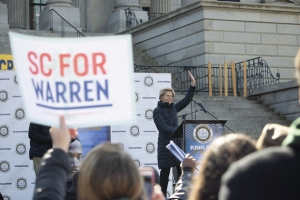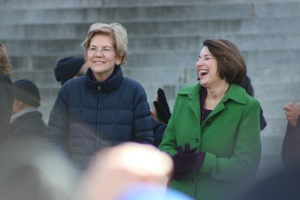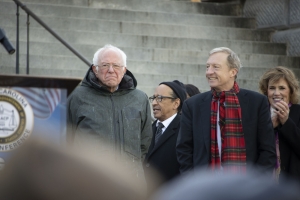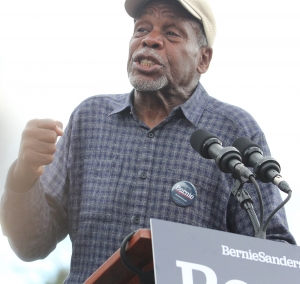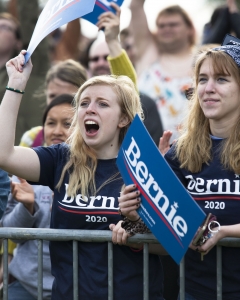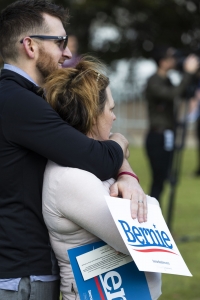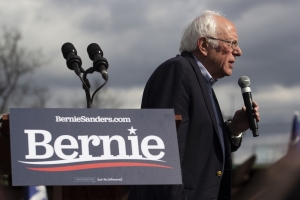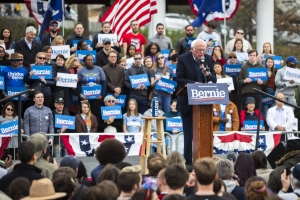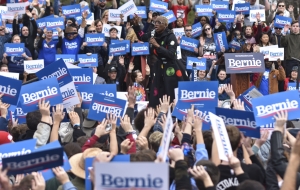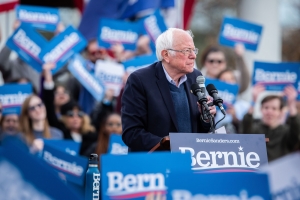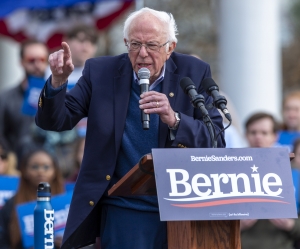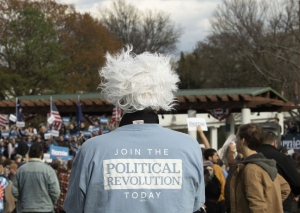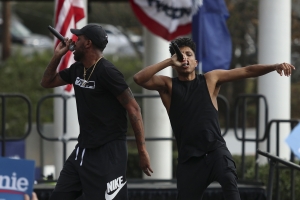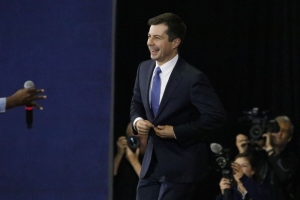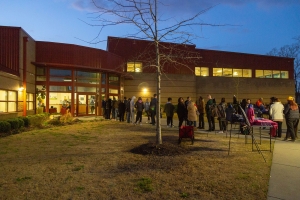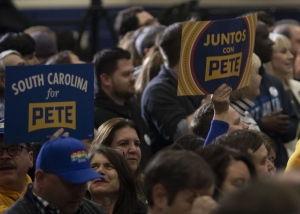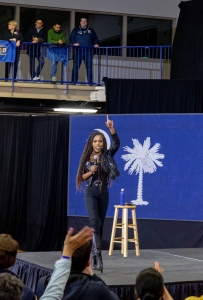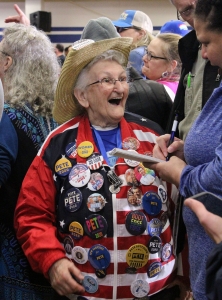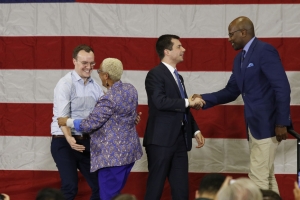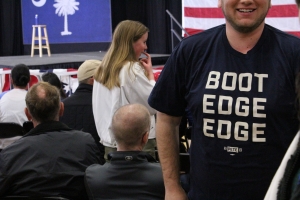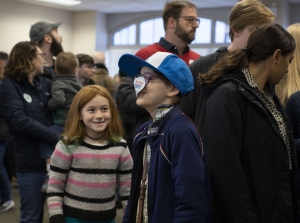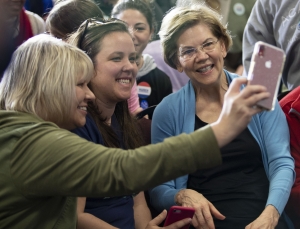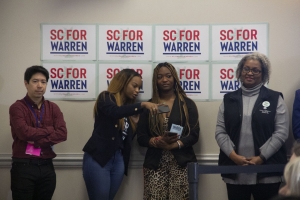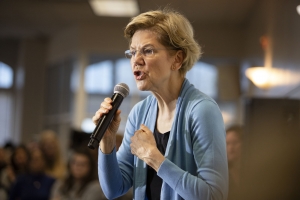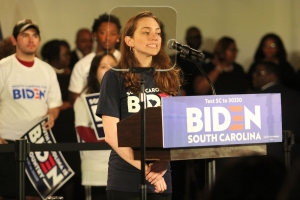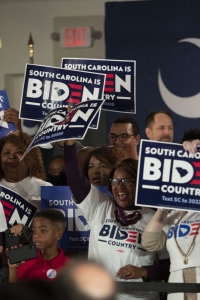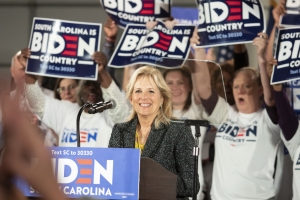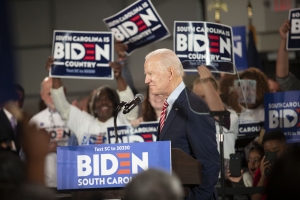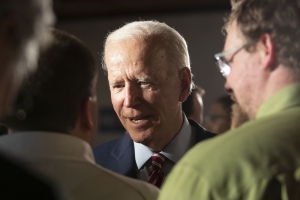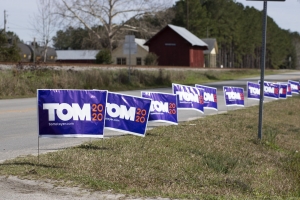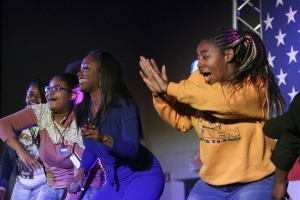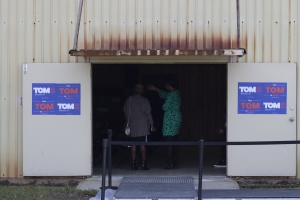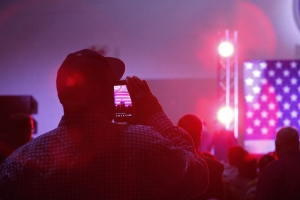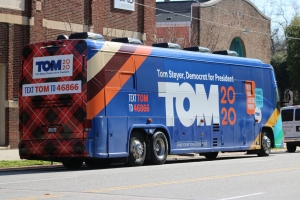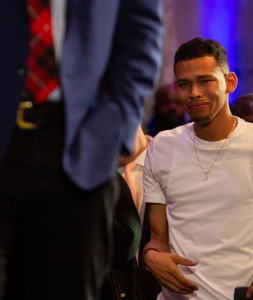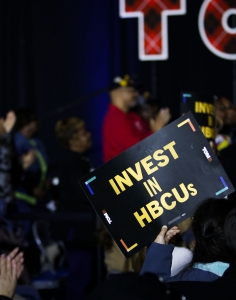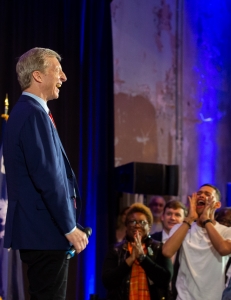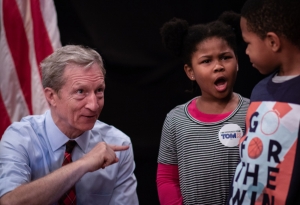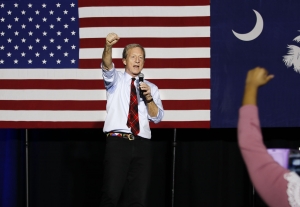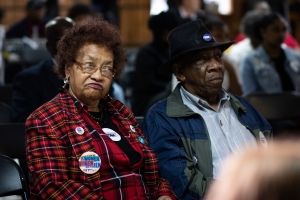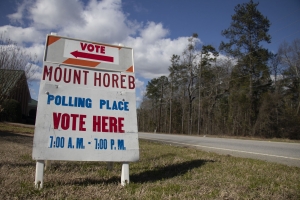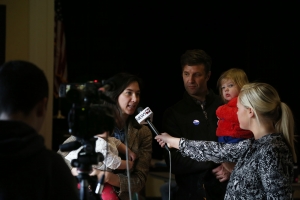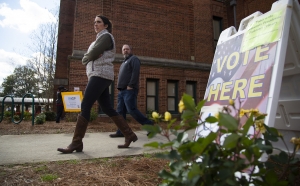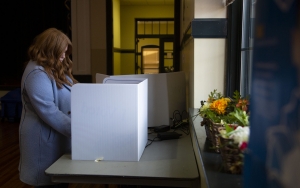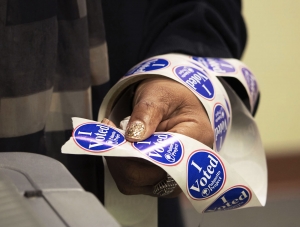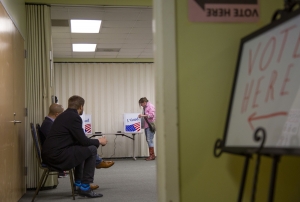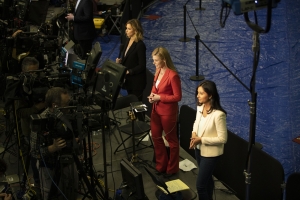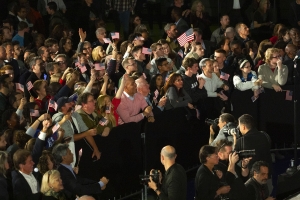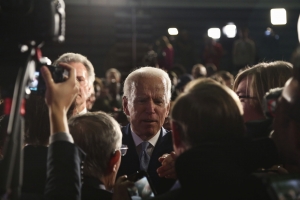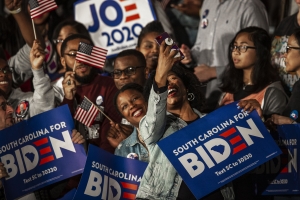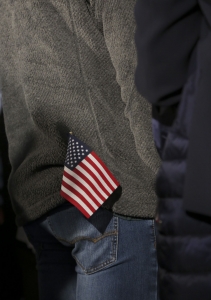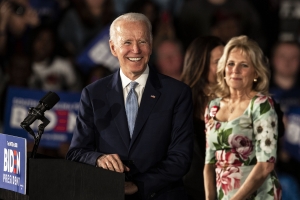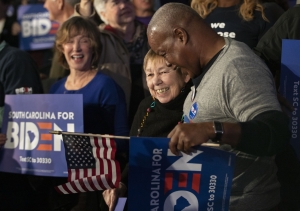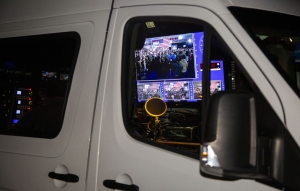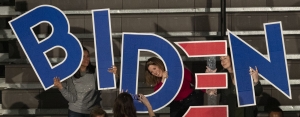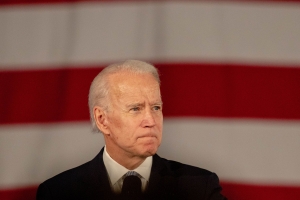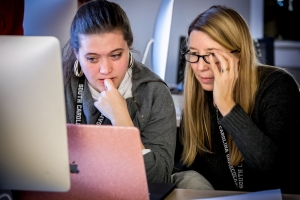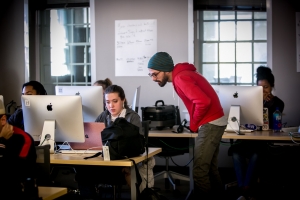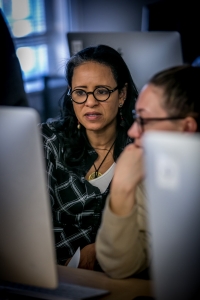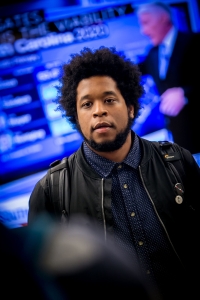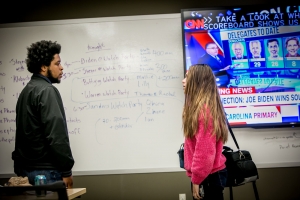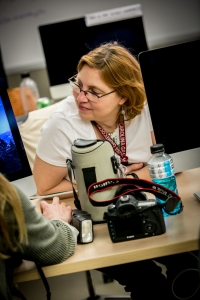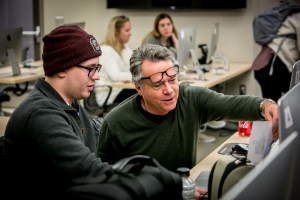
Every four years, presidential hopefuls barnstorm South Carolina to curry voters. The state is significant politically because its primaries are among the earliest in the country, and because the majority of voting Democrats are African American. Students’ coverage of the campaigns culminates with the election itself on Feb. 29, 2020.
King Day at the Dome
The S.C. NAACP’s King Day at the Dome becomes a last-minute must-attend event for candidates who desire acceptance among the African American community. It’s held every year on Martin Luther King Day, on the capitol steps in Columbia. Eight of the remaining 10 candidates join local leaders at the rally.
Rallying Cries
National candidates and their surrogates zigzagged South Carolina to build support and promote their platforms. Mayor Pete Buttigieg and Sen. Bernie Sanders win contests in Iowa and New Hampshire, so the other candidates are determined to make their mark. Once thought to be the heir apparent for the Democratic nomination, Joe Biden struggles to stay relevant. It’s win or die for Biden and for billionaire investor Tom Steyer, who also chooses to make his stand in South Carolina by courting the black vote. Democrats are all minorities in this bright red state, and they come out in droves to bask in the attention.
Bernie Sanders
The senator from Vermont builds a vast organization based on a platform of Democratic Socialism. Even in conservative South Carolina, he attracts vocal volunteers, famous surrogates and emotional crowds at every appearance. His fans are diverse and angry.
Pete Buttigeig
The mayor from the Midwest campaigns on a moderate platform. Low-budget rallies reflect his small-town friendly attitude mixed with a mandate for inclusiveness. A relative newcomer to national politics, he struggles to develop contacts in the African American community.
Elizabeth Warren
As the last viable female in the race, it’s not surprising that women flock to Sen. Warren’s rallies. Her budget is tight, but she is able to make a few appearances while in South Carolina for the televised debate in Charleston.
Joe Biden
On the day of the New Hampshire primaries, Biden makes a surprise appearance in South Carolina, signaling that he is staking everything on the fact that the South Carolina primaries will demonstrate his ties to the African American community, and thus his electability in a national election.
Tom Steyer
The Tom Steyer Factor Hedge fund investor Tom Steyer spends millions on media throughout the country, but 90 percent of his appearances are in South Carolina. He even moves to South Carolina for the duration of the campaign. He neglects primaries in the north to aggressively court the Southern vote, championing economic justice and supporting local minority businesses. Upon finishing third in the S.C. primaries, he makes an emotional speech to his loyal followers, suspending his campaign for president. His strategy fails, but it creates a unique bond between him and S.C. residents.
Voting Day
The voters finally speak their piece at precincts around the state with 539,000 ballots cast. Candidates get in some last-minute canvassing, then retreat to their watch parties.
The Results:
Joe Biden — 48%
Bernie Sanders — 20%
Tom Steyer — 11 %
Pete Buttigieg — 8%
Elizabeth Warren — 7%
Amy Klobuchar — 3%
Tulsi Gabbard — 1%
(Andrew Yang was on the ballot but had previously dropped out of the race.)
Big Winner
Jim Clyburn, U.S. House Majority Whip, endorses Biden three days before the election, catapulting the former vice president past his opponents. Immediately upon the polls closing, Joe Biden is declared the landslide winner. Hundreds of journalists descend on his watch party turned victory rally on the University of South Carolina campus in Columbia. On Super Tuesday three days later, Biden wins 10 of the 14 states. He never looks back.

